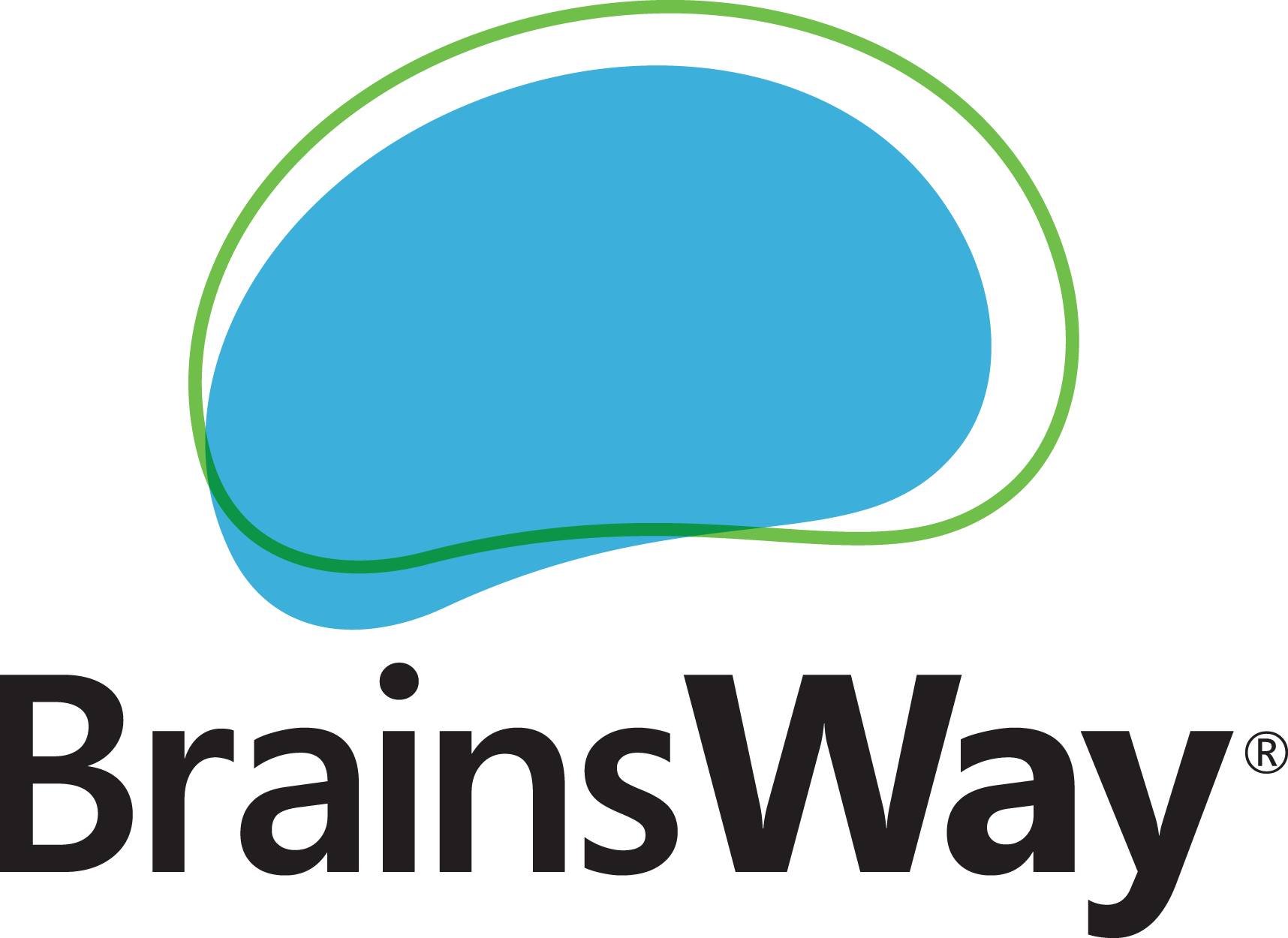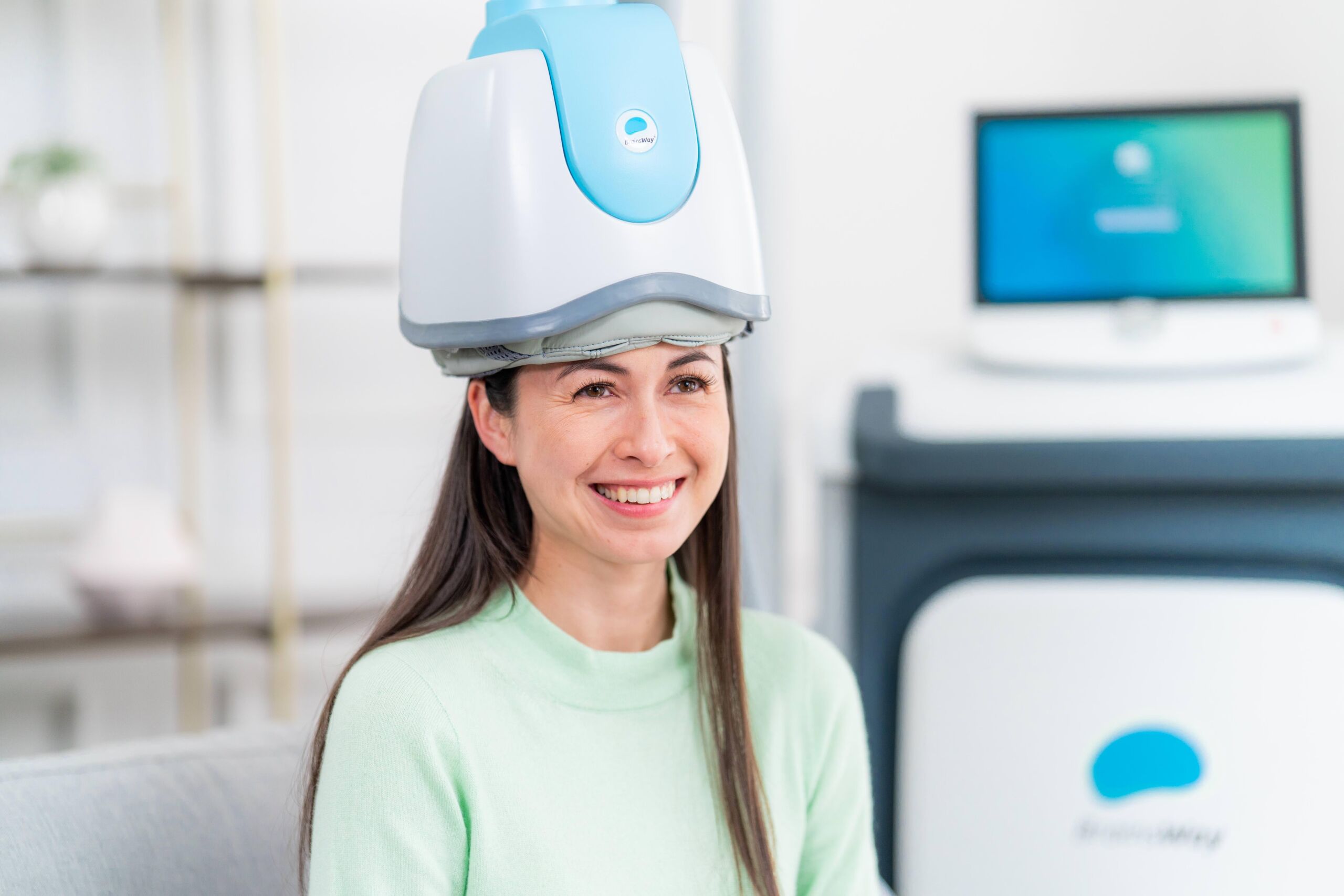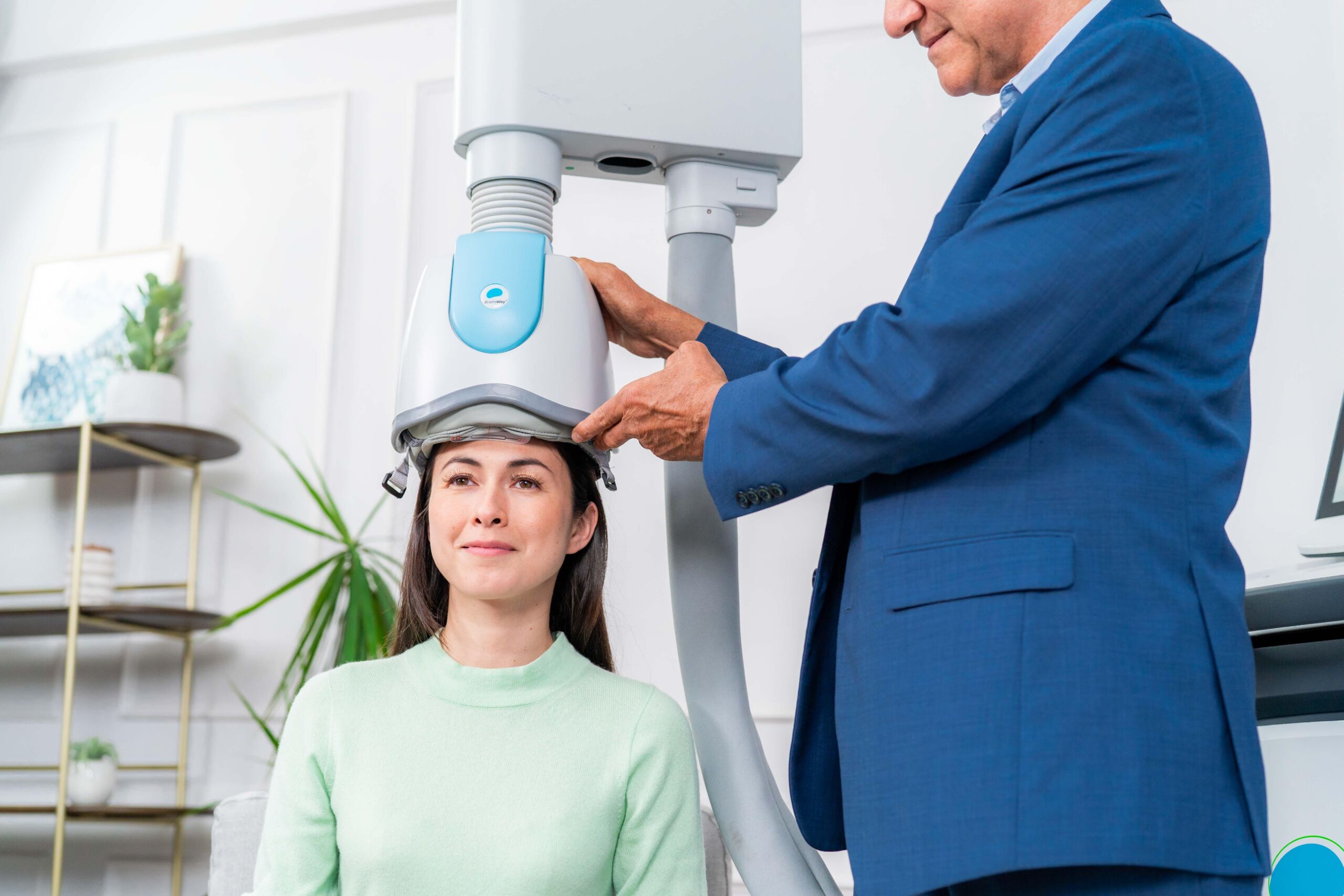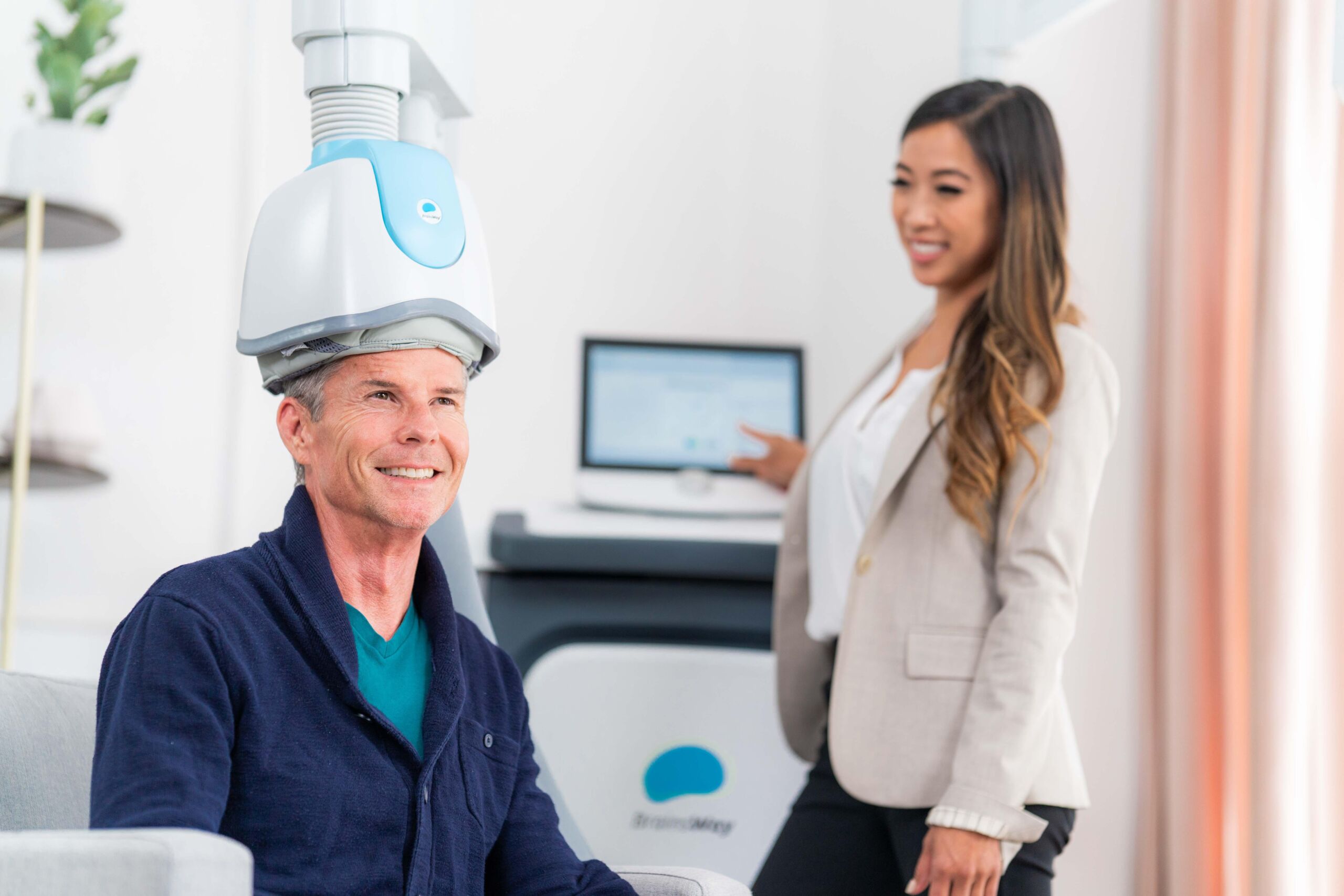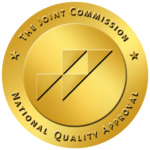Camelback Recovery is proud to announce that we offer Transcranial Magnetic Stimulation (otherwise known as TMS) as part of our therapeutic offering. Magnetic stimulation is applied to the cranium (the part of the skull that encloses the brain) in a non-invasive treatment known as TMS therapy. This stimulation is specifically applied to the part of the brain and nervous system that is involved in mood regulation — and so it is being increasingly used to treat depression. Read on to learn more about our TMS therapy in Phoenix, Arizona, and how it can help you on the path to recovery.
How does TMS therapy work?
At an atomic and chemical level, all cells in the body produce energy — and therefore produce an electromagnetic field. The cells and tissues in the body communicate via these electromagnetic fields.
By applying strong magnetic pulses to the brain, neurological changes occur in the areas of the brain associated with the symptoms of, for example, depression.
Through the application of powerful magnetic stimulation, brain changes occur on all of the above levels, which move the body towards healthy function and healing, thereby reducing the symptoms of ill-health in the patient. This is how TMS works.
What does TMS feel like?
You may feel some tingling on the scalp due to the magnetic stimulation. The electromagnetic pulses are applied through a coil device which is placed towards the front of your head. You will be seated in a reclining chair and offered earplugs to wear during the session.
At the start of the session a qualified technician will need to determine the intensity of the stimulation required, as well as where specifically to place the coil. Once this has been ascertained, the device will deliver rapid pulses of the magnetic field in 10 second intervals. This may feel like a tapping on your forehead and you may hear a clicking noise which is simply indicating that the electromagnetic pulses are being transmitted.
You may experience a mild headache after the session. TMS does not affect your cognition, which means that you will be able to resume your usual activities of daily living straight after your session.
How long does TMS treatment last?
In order to monitor the effectiveness of the treatment, a weekly questionnaire will be conducted during one of the sessions. The TMS technician will ask you questions relating to your symptoms of depression, as well as any physical symptoms.
These answers will be recorded and used in a review process in order to ascertain if there is any improvement each week. Should there be no improvement after 3-4 weeks, it may be necessary to adjust aspects of the treatment, such as length of sessions, frequency of sessions or position of the coil.
You will typically receive daily sessions, 5 days a week (Monday to Friday), for 20-50 minutes, for several weeks at our TMS therapy center in Phoenix, AZ. It may take 3-4 weeks before you start to experience the benefit of the therapy.
Who is it not for?
TMS is not recommended for everyone. If you have any of the following then it is recommended that you find an alternative treatment:
- Epilepsy or a history of seizures
- Serious neurological disorders
- Head injury
What are the side effects of Transcranial Magnetic Stimulation?
One of the main benefits of TMS therapy, other than its effectiveness in reducing the symptoms of depression, is that it doesn’t have any significant side effects. The most common side effect of TMS is a headache during or after the session.
What are the advantages?
TMS treatments are pain-free, and side effects are rare. It is non-invasive, and it does not require any form of sedation or anesthesia.
There is no need to discontinue your medications while receiving TMS therapy and it can also be used in conjunction with other therapies.
Patients who have undergone a course of TMS therapy report positive effects for a few months after the cycle of sessions has been completed. In some cases these positive effects are reported over one year later.
TMS and Mental Health
TMS therapy was approved by the US Food and Drug Administration in 2008 for the treatment of unipolar depression in patients who had not responded to psychotherapy or medication.
TMS has been found to be effective in up to 30% of patients who have not responded to first line treatments. About 50-60% of patients do not respond to first line treatment for unipolar depression — these first line treatments refer to psychotherapy and antidepressant medication. TMS has also been found to be effective in maintenance treatment for people with unipolar depression.
Other disorders for which TMS may be helpful include bipolar disorder, obsessive-compulsive disorder, smoking cessation, and pediatric depression. There is further research to suggest that TMS may also be effective in treating generalized anxiety disorder (GAD) and post traumatic stress disorder PTSD. Large clinical trials are currently underway in order to establish the effectiveness of TMS in these and other conditions.
Frequently Asked Questions About Transcranial Magnetic Stimulation
To give you a better understanding of transcranial magnetic stimulation, we’ve answered some of the most frequently asked questions below.
TMS and Camelback
If you are considering TMS therapy as part of your treatment plan, you are welcome to contact us to set up an appointment with one of our trained professionals. Camelback Recovery would like to provide you with the best possible treatment on your journey to healing and well-being.
Learn More About TMS Therapy at Camelback Recovery Today
If you or a loved one is battling with depression that hasn’t responded to other treatment options, transcranial magnetic stimulation treatment for depression may be the key to overcoming your symptoms. Contact us today at Camelback Recovery to learn more about this brain stimulation therapy and how it can help you manage your depression so you can live life to the fullest. Our trained specialists at our Phoenix treatment center are ready to guide you.
